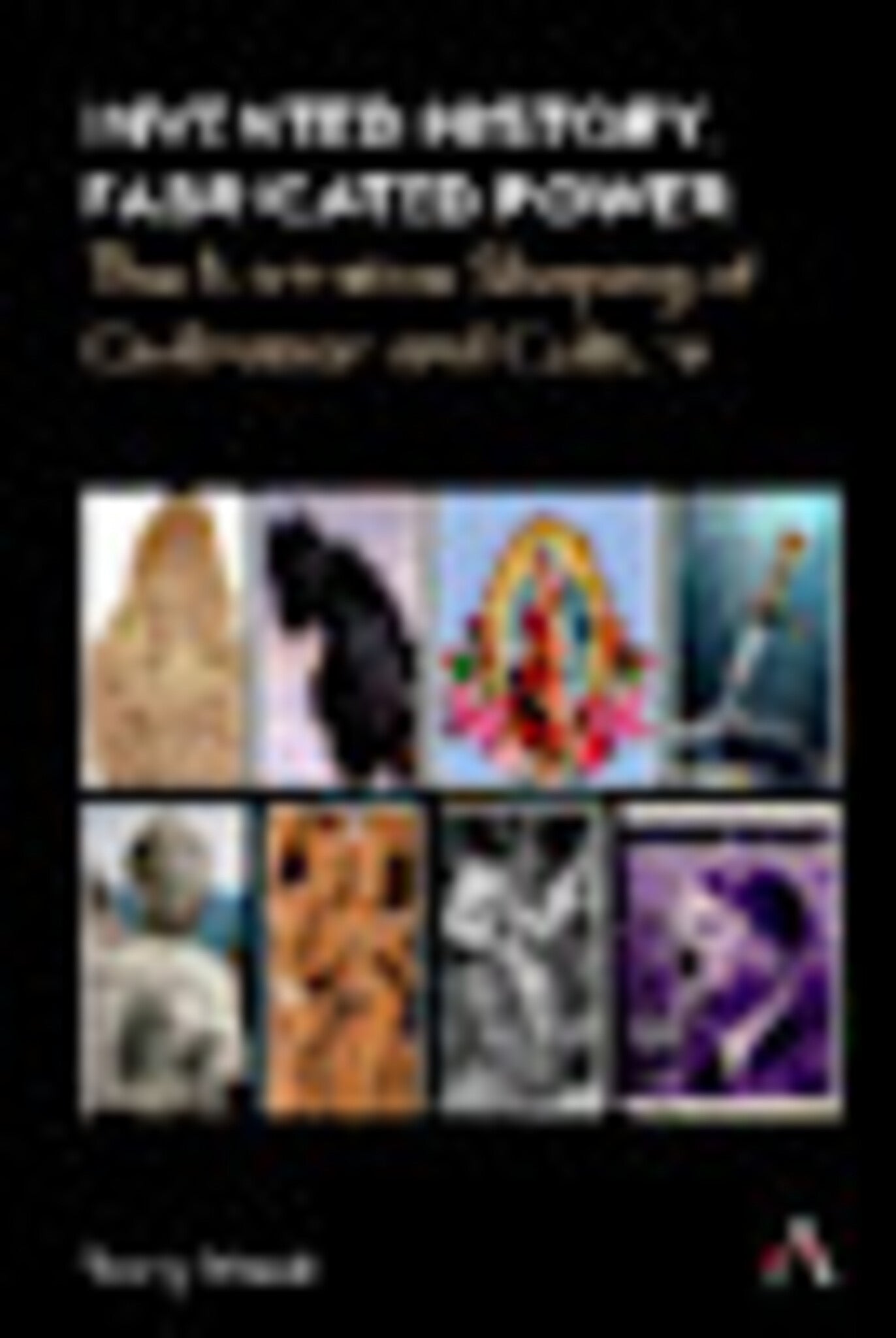We're sorry. An error has occurred
Please cancel or retry.
Invented History, Fabricated Power

Some error occured while loading the Quick View. Please close the Quick View and try reloading the page.
Couldn't load pickup availability
- Format:
-
16 November 2020

Invented History, Fabricated Power begins with an examination of prehistoric beliefs (in spirits, souls, mana, orenda) that provided personal explanation and power through ritual and shamanism among tribal peoples. On this foundation, spiritual power evolved into various kinds of divine sanction for kings and emperors (Sumerian, Egyptian, Greek, Roman, Indian, Chinese and Japanese). As kingships expanded into empires, fictional histories and millennia-long genealogies developed that portrayed imperial superiority and greatness. Supernatural events and miracles were attached to religious founders (Hebrew, Hindu, Buddhist, Christian, Islamic). A unique variation developed in the Roman Church which fabricated papal power through forgeries in the first millennium CE and the later “doctrine of discovery” which authorized European domination and conquest around the world during the Age of Exploration. Elaborate fabrications continued with epic histories and literary cycles from the Persians, Ethiopians, Franks, British, Portuguese, and Iroquois Indians. Both Marxists and Nazis created doctrinal texts which passed for economic or political explanations but were in fact self-aggrandizing narratives that eventually collapsed. The book ends with the idealistic goals of the current liberal democratic way of life, pointing to its limitations as a sustaining narrative, along with numerous problems threatening its viability over the long term.

HISTORY / World, General and world history, LITERARY CRITICISM / General, ARCHITECTURE / History / Ancient & Classical, Literature: history and criticism, History of architecture

By focusing on the way political elites have used constructed narrative as a way of validating their claims to power, the author offers a fresh and convincing analytical framework for understanding the emergence of powerful leaders from ancient times to the present.
The author offers a convincing argument that power needs to be considered as something less tangible than mere control of economies or military systems. Historians should also consider power as an invention of elites who for millennia have used artists and story tellers to weave narratives to ‘convince’ people of the legitimacy of claims to power being made by political elites.
In Invented History, the author reminds us that for millennia history has essentially been a narrative shaped by legions of storytellers and artists, who have used their narrative skills to offer explicit validation for the claims to authority and leadership made by political elites.
By providing a comprehensive overview of the role of narrative in the invention and maintenance of power, the author has provided historians who work in larger scales a new approach to the psychology of power, and the sociology of nationalist and imperialist thinking by entire populations. — Dr. Craig Benjamin, PhD, Professor of History, Frederik J. Meijer Honors College, Grand Valley State University
Introduction; Prologue: Prehistoric Spirits and Personal Power; Part One, Divine Kings, Devarajas, and Sons of Heaven; 1, Divine kingship in Mesopotamia; 2, Pharaohs among the Indestructibles; 3, Kingship among the Hebrews; 4, The Deification of Roman Emperors; 5, The Deva-rajas of India and Southeast Asia; 6, The Chinese Mandate from Heaven; 7, The Japanese Imperial Cult; Part Two, Kings and Empires Before the Common Era (BCE); 8, The Legendary Prehistory of the Sumerians; 9, Legendary Kings and Empires of Pre-Classical Greece; 10, Patriarchs, Exodus, and the Epic of Israel; 11, Legendary Kings and Empires of India; 12, The Aeneid and the Legendary Founding of Rome; Part Three, Narratives of Spiritual Founders; 13, Moses: Lawgiver and Founder of Israel; 14, Buddha and Legends of Previous Buddhas; 15, The Teacher of Righteousness and Savior Narratives; 16, Muhammad, the Qur’an, and Islamic Legends; 17, The Virgin Mary through the Centuries; 18, Tonantzin and Our Lady of Guadalupe; Part Four, Kings and Empires in the Common Era (CE); 19, Narrative Forgeries of the Holy Roman Empire; 20, Shahnameh: The Epic of Kings and Alexander the Great; 21, Charlemagne: Ancestral and Campaign Fictions; 22, The Fictional Kingdom of King Arthur; 23, Kebra Negast: Ethiopian Kings and the Ark of the Covenant; 24, Elizabeth I: Narratives of the Virgin Queen; Part Five, Social and Political Order since 1450; 25, Epics of the Portuguese Seaborne Empire; 26, Discovery: The European Narrative: of Power; 27 Dekanawida and the Iroquois Federation; 28, The New England Canaan of the Puritans; 39, Marx, Capitalism, and the Classless Society; 30, Adolf Hitler’s Narratives of Aryans and Jews; Epilogue: The Endangered Narrative of Liberal Democracy; Bibliography of Works Cited; Index.



